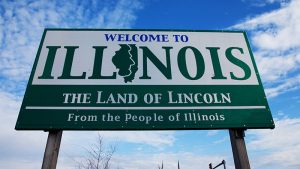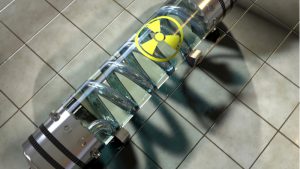Social media has become ubiquitous–everyone from the Pope to your second grade English teacher has a following. The one group that’s lagging behind? Law enforcement.
When the Land of Lincoln needed a new CIO this fall, Illinois-native Kirk Lonbom couldn’t have been a more obvious choice. With two years as CISO and more than 15 years of experience with the state government, Lonbom had the right credentials for the job. So, it was no surprise when Gov. Bruce Rauner tapped Lonbom to head the Illinois Department of Innovation & Technology as state CIO.
Valentine’s Day is just around the corner. If any state IT pros are still looking for a Valentine, they should look no further than digital innovation.
The Centers for Medicare & Medicaid Services (CMS) want to modernize, but are being held back by a vestige of the 20th century–clunky, outdated technology platforms.
Verizon is walking the talk on innovation–appointing a new innovation czar to infuse next-generation technologies into its public sector and education offerings.
Every year the National Association of State CIOs (NASCIO) releases its State CIO Top 10 Priorities. While the recently released 2018 list has a few predictable entries, it comes with a few surprises, too.
As the new year gets underway, MeriTalk is looking back to some of the top innovators in Federal, state, and local cybersecurity. At the Symantec Government Symposium, MeriTalk’s founder Steve O’Keeffe sat down with the 2017 Cyber Award winners to discuss their success, and what they learned as they worked to stay ahead of cyber threats.
A bipartisan bill introduced in the Senate just before the Christmas break aimed at protecting American elections from foreign cyberattacks has been getting generally positive reviews from security professionals.
Dave Weinstein, who became New Jersey’s first chief technology officer (CTO) in June 2016, confirmed he would resign today when incoming Gov. Phil Murphy takes his oath of office.
North Korea’s persistent efforts on nuclear weapons development and some loose talk about red buttons have raised new fears internationally about the possibilities of nuclear conflict. At home, government agencies also are addressing the questions about what to do in the case of a nuclear detonation. The Centers for Disease Control and Prevention (CDC), for example, will hold one of its Public Health Grand Round teaching sessions Jan. 16 on how medical professionals should respond–and although the event has been planned for months, it’s timing suddenly seems to be on the mark.














